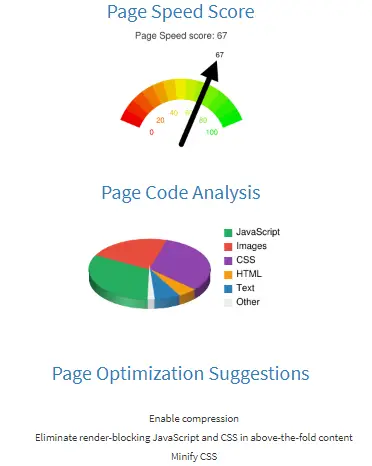

Starting around Nov 16, 2011, many sites saw increased Avg.When you make date comparisons, please remember that data collected before November 2011 doesn't include redirection times. You may see an increase in your site's overall page load time, depending on the number and significance of redirects on your site. The calculation for Average Page Load Time changed in November 2011: Average Page Load Time now includes redirection time.Typically this includes: Chrome, Firefox 7 and above, Internet Explorer 9 and above, Android 4.0 browser and above, as well as earlier versions of Internet Explorer with the Google Toolbar installed. Site speed can only be tracked from browsers that support the HTML5 Navigation Timing interface or have the Google Toolbar installed.Site speed tracking has no impact on bounce rate for your site.Explorer: Resource data in the context of different primary and secondary dimensions.

The User Timings report lets you perform detailed analysis of individual resource performance (e.g., images, videos, buttons). The PageSpeed Tools also help you analyze and optimize your website and it includes techniques for implementing the suggestions. The report enables you to identify areas for improvement across your site and on specific pages so you can make your pages load faster. The Speed Suggestions report lets you see the speed of your website across metrics like Avg.



 0 kommentar(er)
0 kommentar(er)
